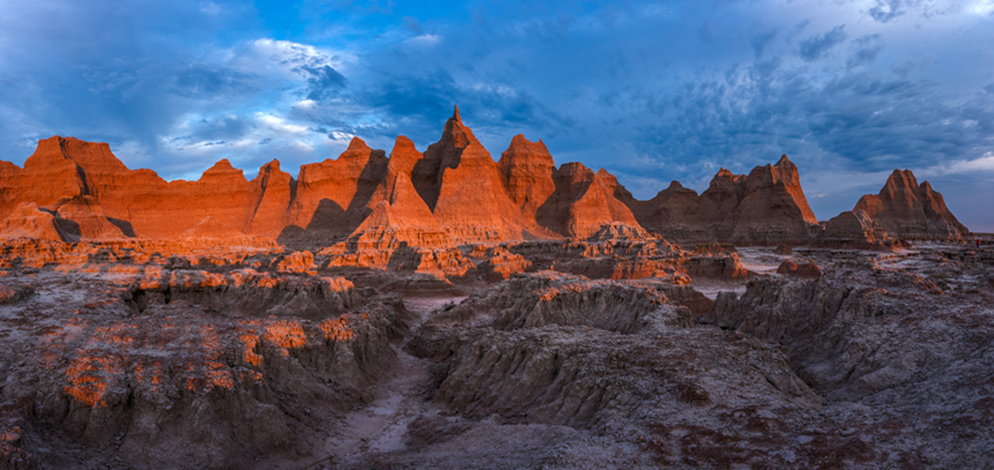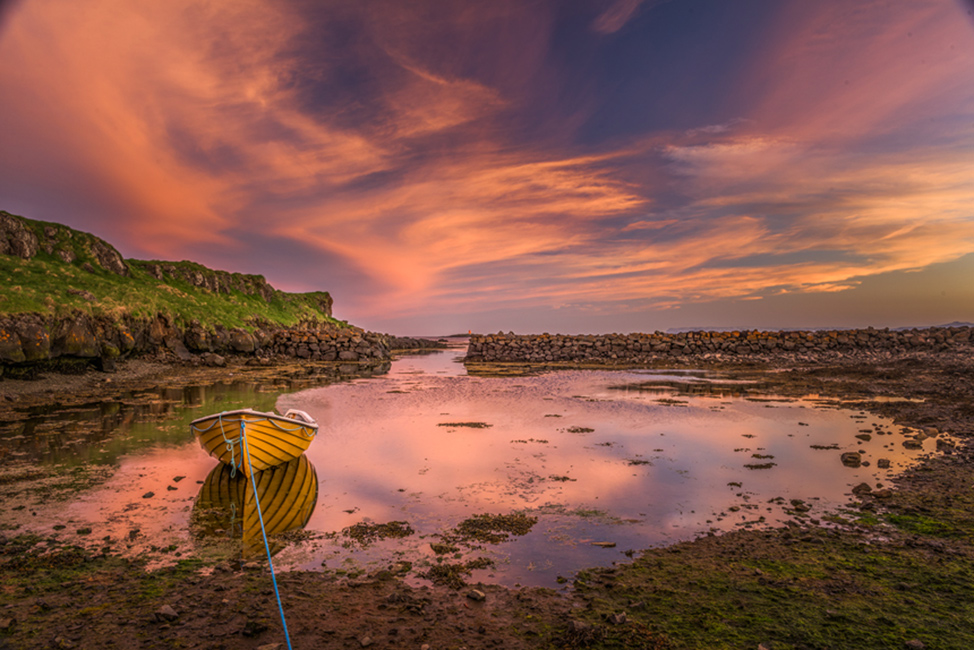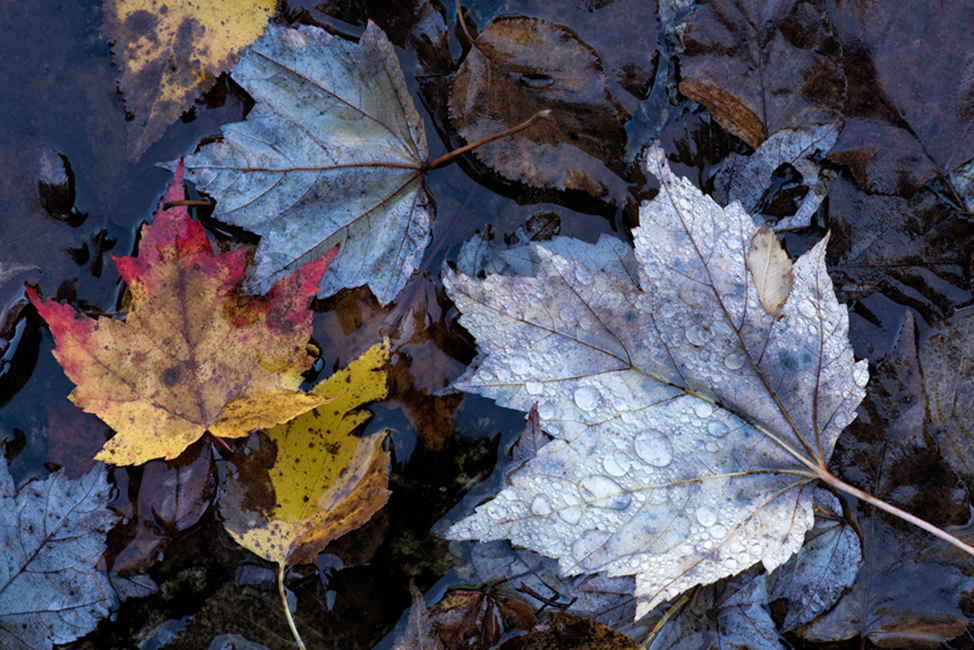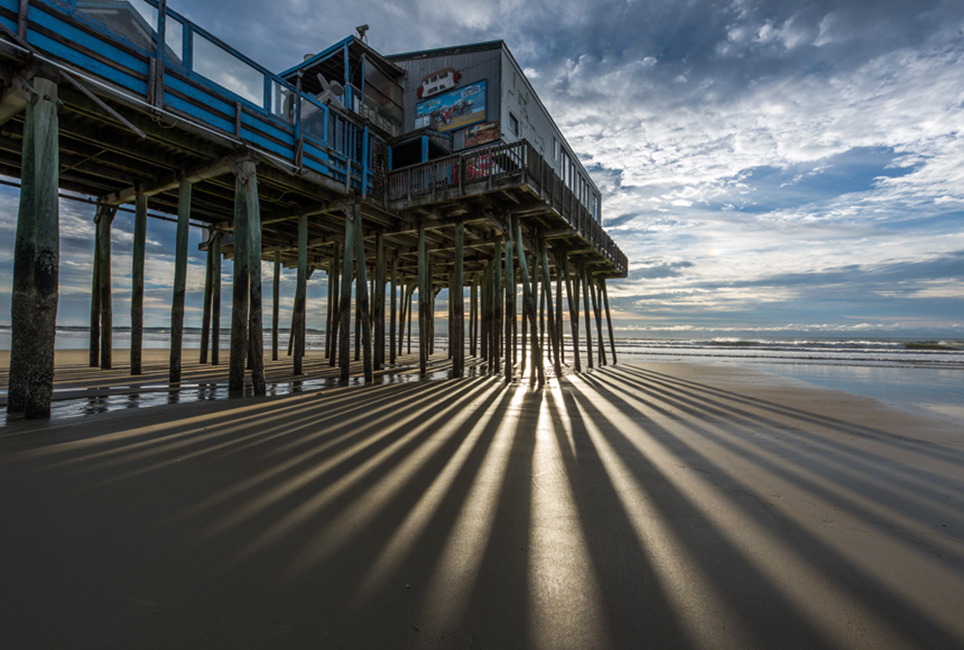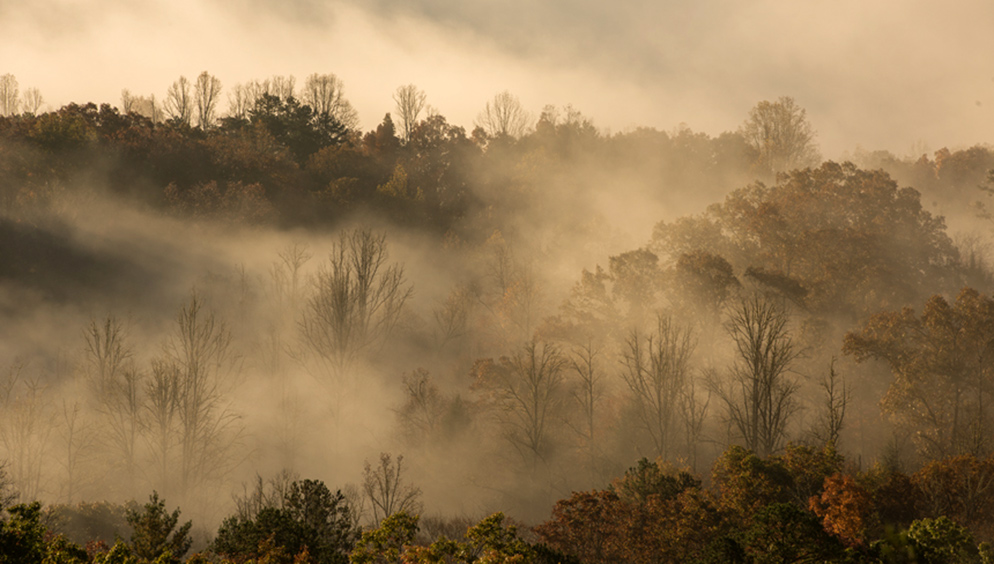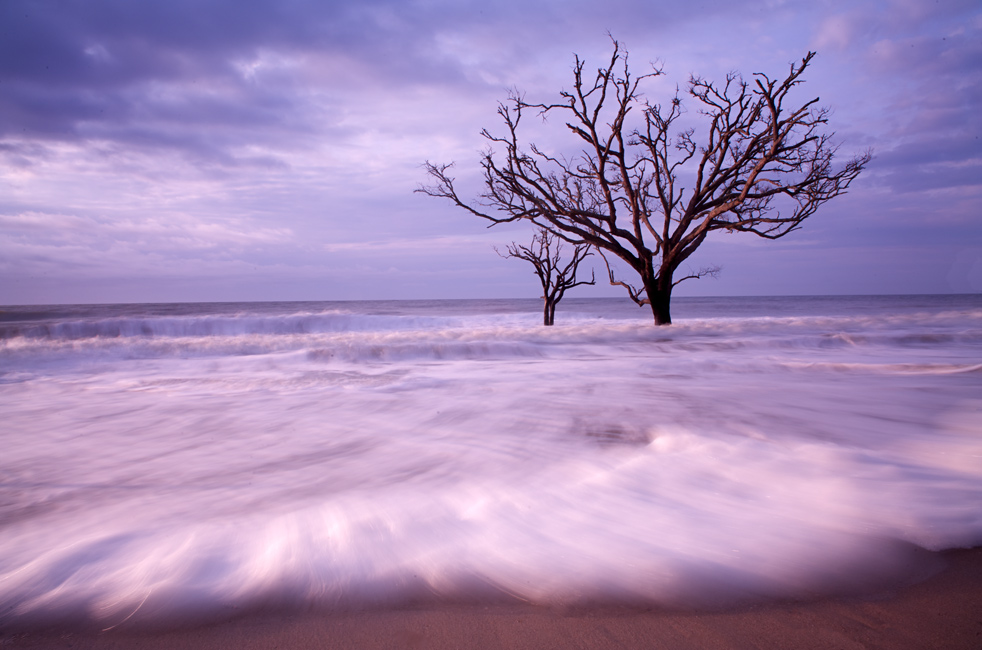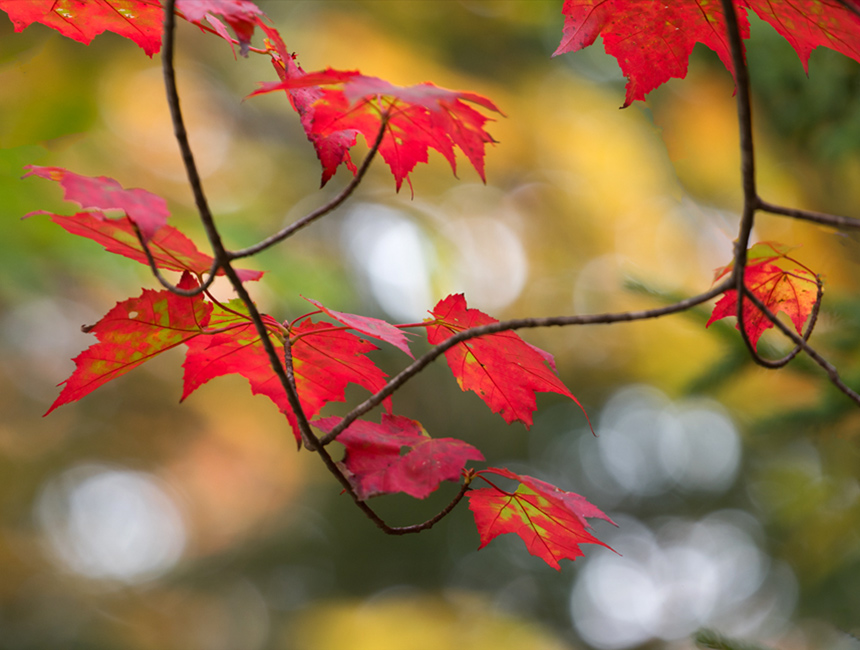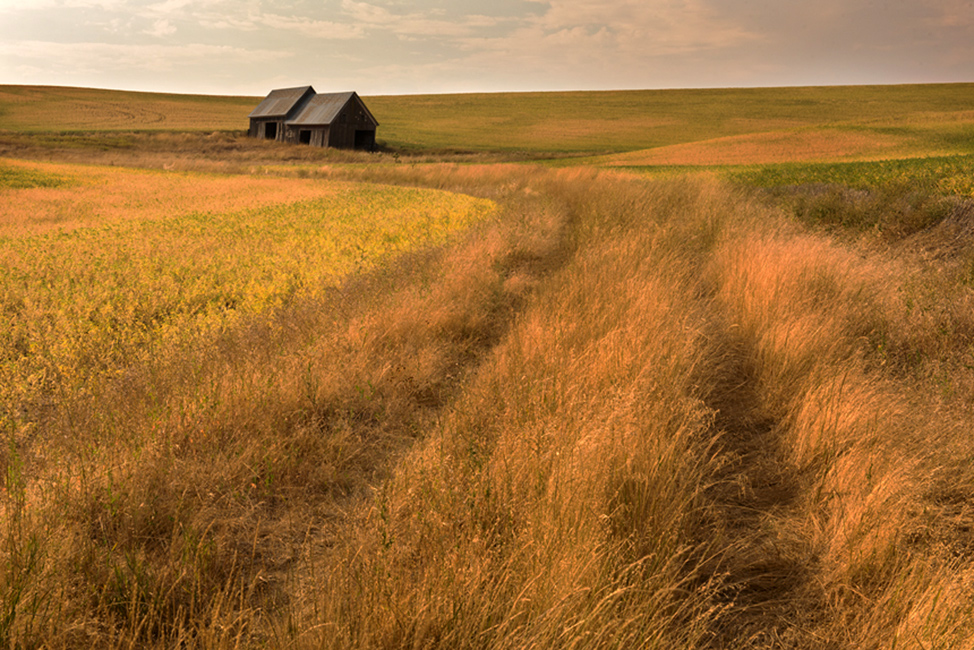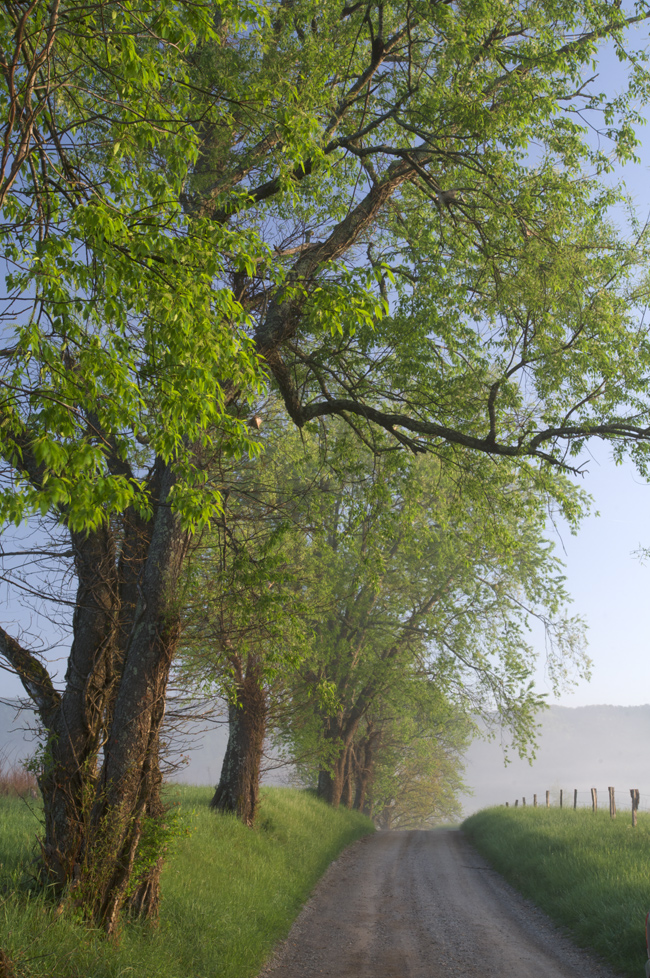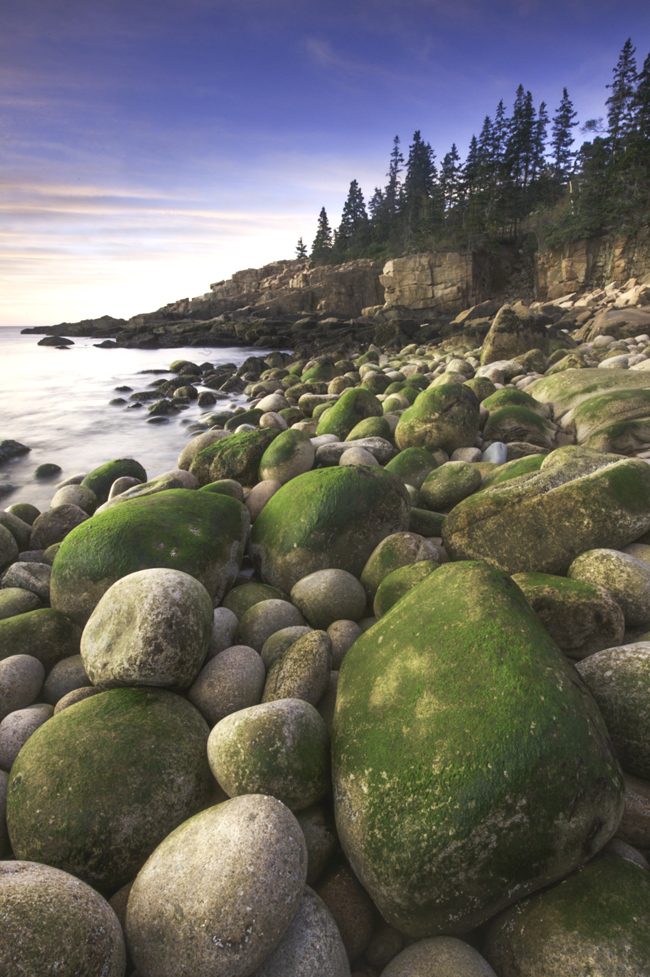Want Better Landscape Photos? First Check Your Definition of "Landscape"
When you think of landscape photography, chances are the images that come to mind are the awesome vistas—something from Bryce Canyon, Yosemite or Mojave; maybe the Badlands, the Adirondacks, the Everglades. You know, the big stuff.
But landscape photography is also about the components of the big stuff, as well as the textures, colors and details of small slices of outdoor life.
Tony Sweet brought this to our attention when we asked him if he'd be interested in talking with us for a story about landscape photography.
"Sure," he said. "But what kind of landscape do you want to talk about? A grand landscape, a tight landscape, a macro landscape?" Tony does them all, and we found that by working out definitions and differences, we came up with variety and opportunity.
It was liberating to realize that once you get outdoors, the landscape is anything and everything you want to make it, and once you think of the landscape that way, it becomes a lot more accessible than, say, just a vacation destination. "The landscape can be two miles from your backdoor," Tony adds, driving home the point.
Which is pretty much how he started out. "It was all 'nature photography' then," he says. "It took place outside, and that was it. So I went to the Cincinnati Nature Center—a few ponds, trees in the water, good reflections, and to me that was the landscape. Then I went out west—different places, bigger things—but the die was cast from that beginning: I photographed outside, where there were no people, and it was beautiful. It could be a local field with a few trees and great light. The photographs depended on what I made of them."
He learned it was okay to interpret the grand places, but he didn't have to be limited or constrained by feeling that he had to go to those iconic locations.
The Key Element
So if "the landscape" is pretty much everywhere and everything outdoors, what do you look for to make effective images of all that variety?
"Light," Tony says without hesitation. "See the same scene in great light and lousy light, and it's like you're in a different part of the world. If you want to do it right, whatever it is, you have to get the light right."
For Tony, who conducts a series of nature and landscape workshops, the right light starts with scouting. "You have to know the time and the circumstances that will give you the best light. The issue is not where the action is, it's when."
Which means, get out of bed. Early. "I see it all the time at the workshops," Tony says. "Once the participants get to the location, they're fine; fired up and ready to make pictures. But I've got to get them there plenty early to get the great light. They have to be there at first light, and that can mean getting up at three, four, five in the morning. Some people have a hard time doing that, but that's when the pictures happen."
Of course you can shoot the late light of afternoon, but, as Tony says, "It gets darker a lot quicker than it gets brighter, so morning will give you a lot more time to shoot various levels of light than sunset will. At sunset, the light's great and then it's gone. In the morning, you have more light slowly showing up to work with, from pre-dawn glow to sunrise. That's why in the morning long exposures work better. Morning is quality shooting time."
See the same scene in great light and lousy light, and it's like you're in a different part of the world. If you want to do it right, whatever it is, you have to get the light right. You have to know the time and the circumstances that will give you the best light. The issue is not where the action is, it's when.
Shoot Where You Live
Finding a favored landscape near you gives you the benefit of a quicker early-morning journey, and the advantage of being able to get there year-round to catch the changes the seasons bring.
"The same landscape scene in four seasons is a great, under-shot project," Tony maintains. "There's a field, with a great tree, two miles from where I live. I can look outside, see that things look pretty good, drive over and wait to see what happens. It's not an iconic spot; it's a spot for cool pictures. A photographer told me years ago: 'Shoot where you live.' "
Tony took the advice to heart: 20 percent of the photos in his first book, Fine Art Nature Photography: Advanced Techniques and the Creative Process, were taken within 90 minutes travel from his home.
Near or far, the landscape photos he takes are marked first by "the right light," then by the classic elements in the scene that make the most sense to him and the composition: textures, colors, juxtapositions, contrast and perhaps most of all, the shapes found in nature—circles, squares, lines—and the things that connect to those shapes.
"I look into the scene to see what the elements are offering me and what I can do with them: s-curves, leading lines, repetitions, patterns, rules of thirds. Some people in my workshops look for trees and go from there. There are no rules; it's all about what attracts you. And then, why does it attract you? The answer to that will help you frame and compose your picture—or pick out from the larger scene the essence of what it is you want to convey."
That last point is important: what you see in front of you isn't enough. Pick and choose, zoom and crop, get a high or low angle. This is where landscape becomes a macro landscape, an abstract landscape, a landscape of elements. "The negative of that," Tony says, "is returning to the same thing, the same elements all the time.
You want to develop a style, not a repetitive approach."
A Range of Choices
The D810 is Tony's major landscape camera. "Incredible resolution," he says. "I can creatively crop into the big scene to get all the detail I want." His lens choices range wide and far. "The most important thing is to realize that not all landscapes have to be taken with wide-angle lenses, because not all landscape images are the big picture."
Ninety percent of his most recent landscape photography of the American west have been taken with the AF-S NIKKOR 200-500mm f/5.6E ED VR—"because I was 'pulling in' smaller parts of a large landscape, essentially reducing the big picture to one of details by making selections from the big picture. I do this especially in situations of overlooks, where I'm looking down on something. Wide angles? Sure, but mostly when I've got a foreground subject of interest, or I'm into shooting tighter scenes."
The gear, especially a new lens, will make its own suggestions.
"There's a shot I want to make in the Botany Bay wildlife preserve in Charleston, South Carolina," Tony says. "There's a tree in the water that we all shoot—we walk down the beach with a 24-70mm lens, great light of dawn or a little later, and we get a great shot. But I want to stand off about half a mile with the 200-500mm and try to get the huge fireball of the sun coming up behind the tree. I'll need timing, position, the lens—all that to make it work—but that's the goal: to do something different with a familiar location, to make choices to alter the landscape in the frame."
7 Quick Landscape Photo Tips
-
The earlier you get there, the more time you'll have to let the light play with the scene.
-
Sidelight on a scene serves to separate elements.
-
Not all landscapes have to be taken with wide-angle lenses.
-
Pick and choose, zoom and crop, get a high or low angle.
-
You don’t always need to travel far to make great landscape photos. Look in, or near, your own backyard.
-
Search out the stalwarts of composition: s-curves, leading lines, repetitions, patterns, Rule of Thirds.
-
But remember, there are no rules; it's all about what attracts you.


